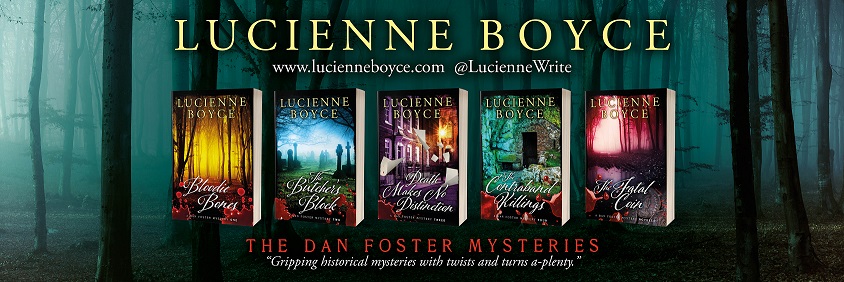Today’s
guest was historical novelist Helen Hollick. Helen’s books include the Pendragon Trilogy, about King Arthur; A Hollow Crown about Emma of Normandy; and
Harold the King about the Norman conquest
of England.
Her
latest books are the Sea Witch Voyages,
which tell the adventures of rather dashing pirate Jesamiah Acorne and his
lover, Tiola. Set in the early eighteenth-century, the Sea Witch Voyages are a heady blend of historical fact, historical fiction
and a dash of fantasy – Tiola is a white witch, midwife and healer.
To
date there are five books in the Sea Witch
series, with another one planned. Helen is also about to publish a non-fiction
book about pirates.
 |
| Helen Hollick, author of the Sea Witch Voyages |
Helen
lives with her husband, daughter and son-in-law in North Devon – the county
where both Sir Francis Drake and Sir Walter Raleigh were born. A lot of her
time is taken up with looking after her daughter’s show horses, three Exmoor
ponies, two cats, two dogs, and chickens, ducks and geese.
During the
show Helen explained the difference between a pirate and a privateer (not much
from the sound of it!), and let us into some piratical secrets about pirates
and their bling, women pirates, and Woodes Rogers and Blackbeard (Edward Teach)
of Bristol. We had a pirate quiz and some piratically-inspired music, and we
also said “arrr” a lot.
You
might also be interested in the International Talk Like a Pirate Day website
Marmalade Trust - George told us about the work of Bristol charity, Marmalade Trust. The Trust provides free Christmas lunches for elderly people who would otherwise be alone at Christmas. To find out about volunteer opportunities, how to become a Christmas day guest, how to refer a guest for Christmas lunch, or how to donate, visit the Marmalade Trust website.
Marmalade Trust - George told us about the work of Bristol charity, Marmalade Trust. The Trust provides free Christmas lunches for elderly people who would otherwise be alone at Christmas. To find out about volunteer opportunities, how to become a Christmas day guest, how to refer a guest for Christmas lunch, or how to donate, visit the Marmalade Trust website.
You can
listen to the show here (10 am to 11 am):-
Silver
Sound is broadcast by BCfm 93.2 fm between 10 am and mid day on Thursdays and
Fridays. I’ll be back on the show on 6 January 2017 with another fabulous
guest!

Comments
Post a Comment